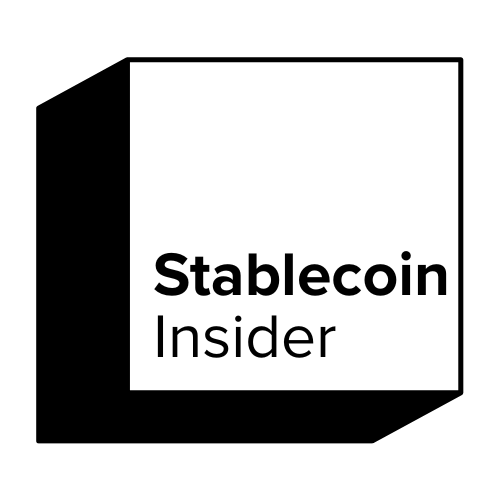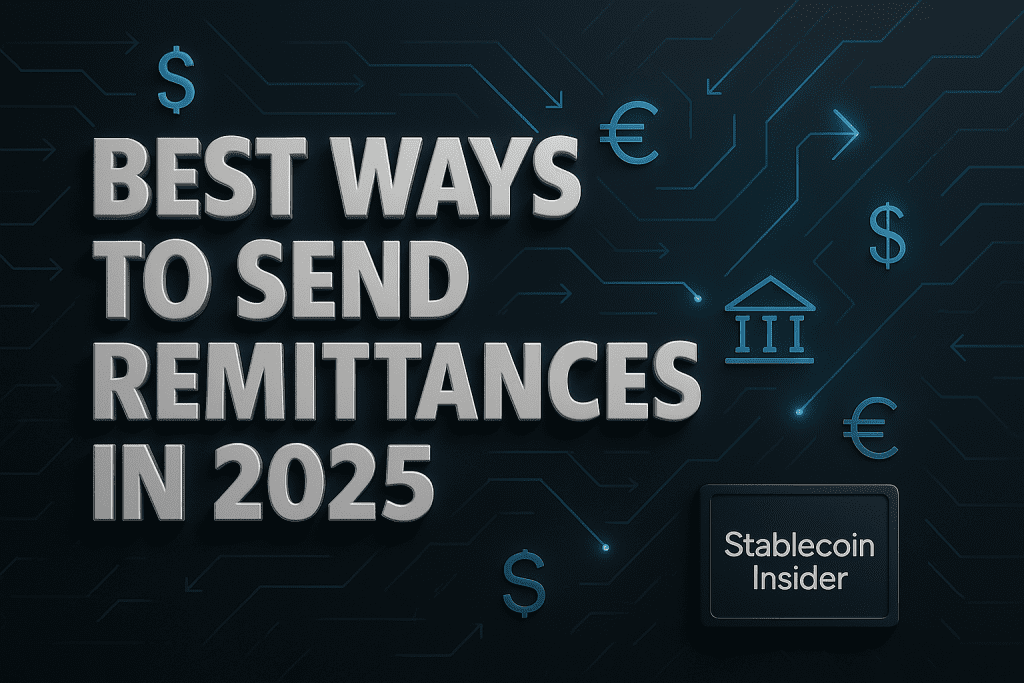Remittances have always played a critical role in the global economy, allowing millions of people to support their families across borders.
In 2025, technological advancements have made sending money internationally faster, cheaper, and more secure.
This article explores the best methods for sending remittances today, what factors to consider, and what the future holds.
Key Takeaways
- Sending remittances in 2025 is more dynamic and diverse than ever before.
- There are multiple methods available, each with its own benefits and limitations.
- Choosing the right remittance solution depends on your priorities: speed, low fees, security, or accessibility.
- Understanding the features of each method helps maximize the value of your international money transfers.
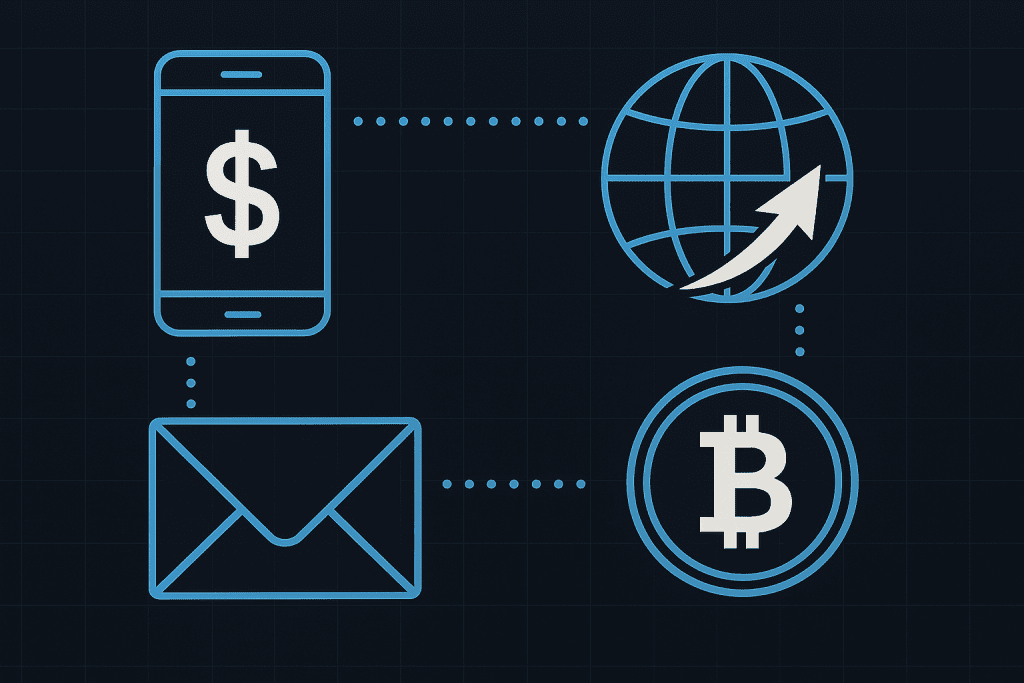
What Are Remittances?
Remittances are often categorized as personal transfers sent by individuals, especially migrants, to their families or friends across international borders.
These transfers play a crucial role in supporting households and contribute significantly to the economy of developing countries.
In many cases, remittance flows exceed foreign direct investment, highlighting their importance in reducing poverty and stimulating local development.
Remittances refer to the funds that individuals send to family members or friends in another country.
- These payments are often used for essential expenses like food, education, housing, and healthcare.
In 2025, the global remittance market has seen steady growth, with digital banks playing a more significant role than ever before.
Common Reasons for Sending Remittances
- Supporting family members
- Paying for education and healthcare
- Emergency funds
- Investment in small businesses
Biggest Challenges When Sending Remittances in 2025
One of the persistent challenges in sending remittances is the high transaction costs associated with international transfers.
For migrants working abroad, finding affordable transfer options is essential to ensure that more of their income reaches their families.
Additionally, regulatory barriers and fraud risks continue to create obstacles for both senders and recipients.
Despite advancements, remittances still face several challenges that users must navigate carefully.
Awareness of these issues can help avoid potential problems.
Common Challenges
- Fraud and scam risks
- Regulatory restrictions in some countries
- Crypto volatility (for crypto-based transfers)
- Limited digital infrastructure in rural regions
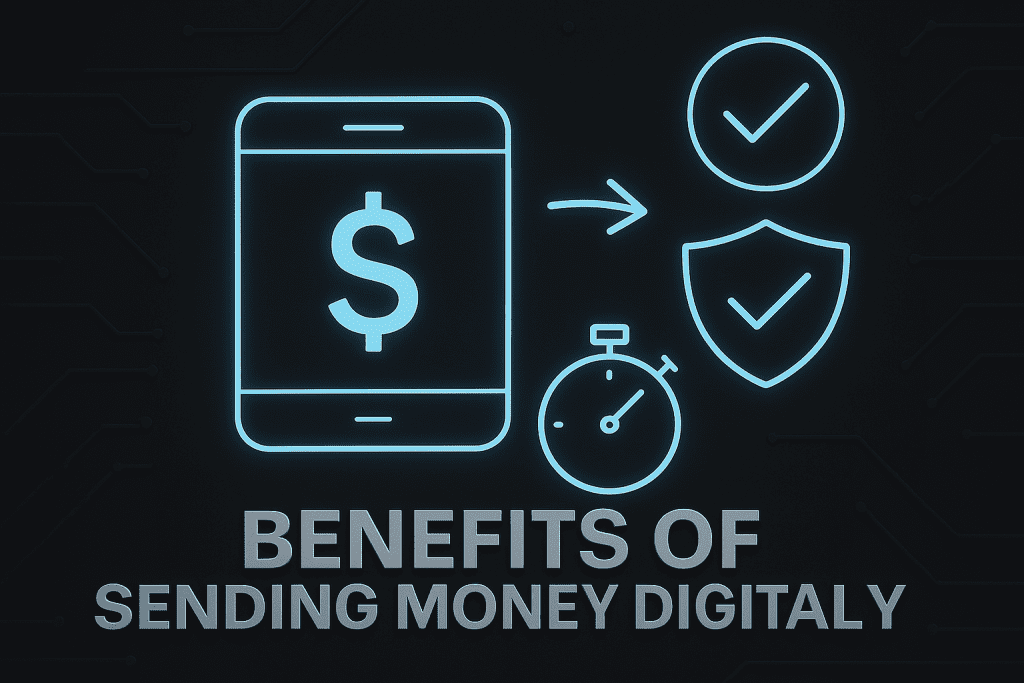
Key Factors to Consider When Sending Remittances
Choosing the best way to send remittances involves more than just convenience.
Several factors can influence the effectiveness and cost of a money transfer.
By considering these elements, senders can ensure that more of their money reaches the intended recipient.
Things to Keep in Mind
- Transfer Speed: How quickly will the recipient get the money?
- Transfer Fees: What are the service costs?
- Exchange Rates: How competitive is the rate offered?
- Security: Is the platform regulated and secure?
- Accessibility: Can the recipient easily access the funds?
Benefits of Sending Remittances Digitally vs. Traditional Methods
The growth of digital remittance platforms has helped reduce fees and increase the accessibility of transfers for migrant workers.
Digital solutions contribute to financial inclusion, allowing households in rural and underserved areas to receive funds more efficiently.
They also support broader economic development by integrating recipients into formal financial systems.
- The choice between digital and traditional remittance methods depends on several factors, including transfer size, recipient location, and cost sensitivity.
According to the World Bank, over 60% of global remittances in 2024 were processed digitally.
Here’s a look at how these two methods compare.
In 2025, senders have the choice between modern digital platforms and traditional banking methods.
Each comes with its own set of benefits and drawbacks, depending on the situation.
Digital Methods Advantages
- Lower fees for small transactions
- Faster transfer times (often instant)
- User-friendly mobile apps
Traditional Methods Advantages
- Suitable for larger amounts
- Trusted financial institutions
- Established regulatory compliance
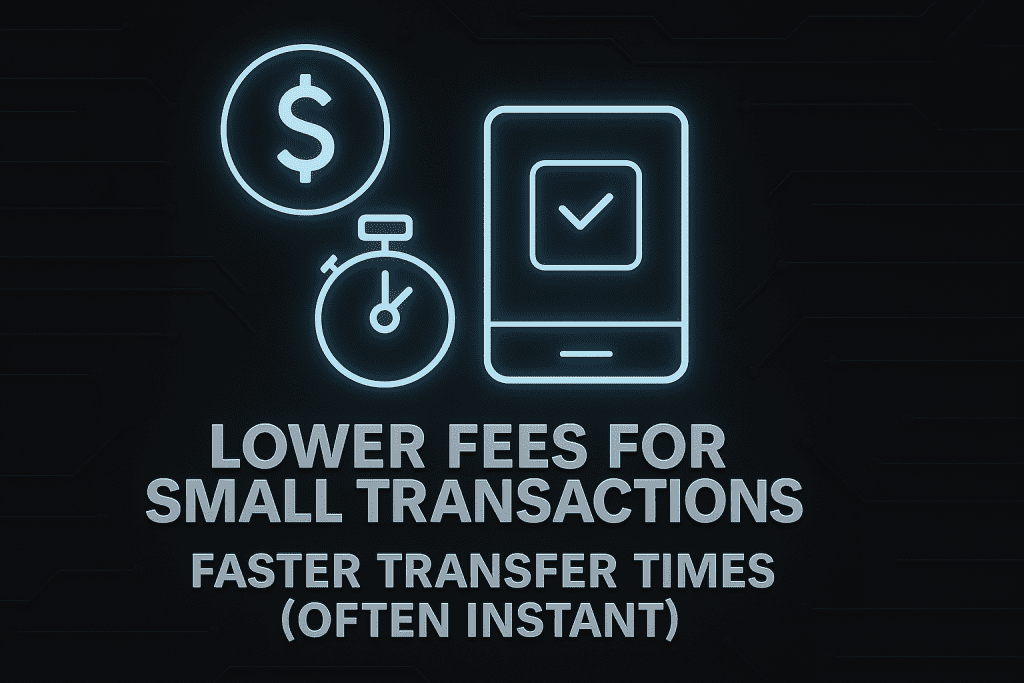
Best Methods for Sending Remittances in 2025
In 2025, multiple options are available for sending remittances, each with its advantages and drawbacks.
Choosing the right method depends on the sender’s needs, the recipient’s location, and the transfer amount.
Digital Wallets & Mobile Apps
Mobile apps and digital wallets have revolutionized remittance transfers.
They offer fast transactions, competitive exchange rates, and lower fees compared to traditional methods.
Popular apps include:
Pros:
- Instant or same-day transfers
- User-friendly interfaces
- Transparent fees
Cons:
- May require both sender and recipient to have an account
- Limited reach in remote areas
Cryptocurrency & Stablecoins
Cryptocurrencies like Bitcoin and stablecoins such as USDT, USDC, and DAI have emerged as powerful tools for cross-border payments, offering a potential income opportunity through various crypto investments.
Stablecoins, in particular, offer price stability and low transaction fees.
Benefits:
- Fast international transfers
- Low fees compared to banks
- Greater transparency with blockchain tracking
Risks:
- Regulatory uncertainty in some countries
- Requires basic crypto knowledge
Traditional Bank Transfers
Banks continue to be a popular option, especially for large remittance amounts.
In 2025, SWIFT advancements and growing competition have led to reduced fees and faster transfer times.
Advantages:
- Trusted financial institutions
- Suitable for high-value transfers
Drawbacks:
- Higher fees for smaller transfers
- Lengthy verification processes
Money Transfer Operators (MTOs)
Money Transfer Operators like Western Union and MoneyGram have expanded their services to include digital transfers.
They offer convenience and are widely accessible, especially in rural areas.
Advantages:
- Physical locations worldwide
- Cash pick-up options
Disadvantages:
- Higher transfer fees
- Exchange rate markups
Blockchain-based Remittance Platforms
Emerging platforms use blockchain technology to offer decentralized and secure money transfers.
These platforms are gaining popularity for their low fees and fast processing times.
Benefits:
- Transparent transaction tracking
- Lower operational costs
Challenges:
- Regulatory compliance issues
- Requires internet access
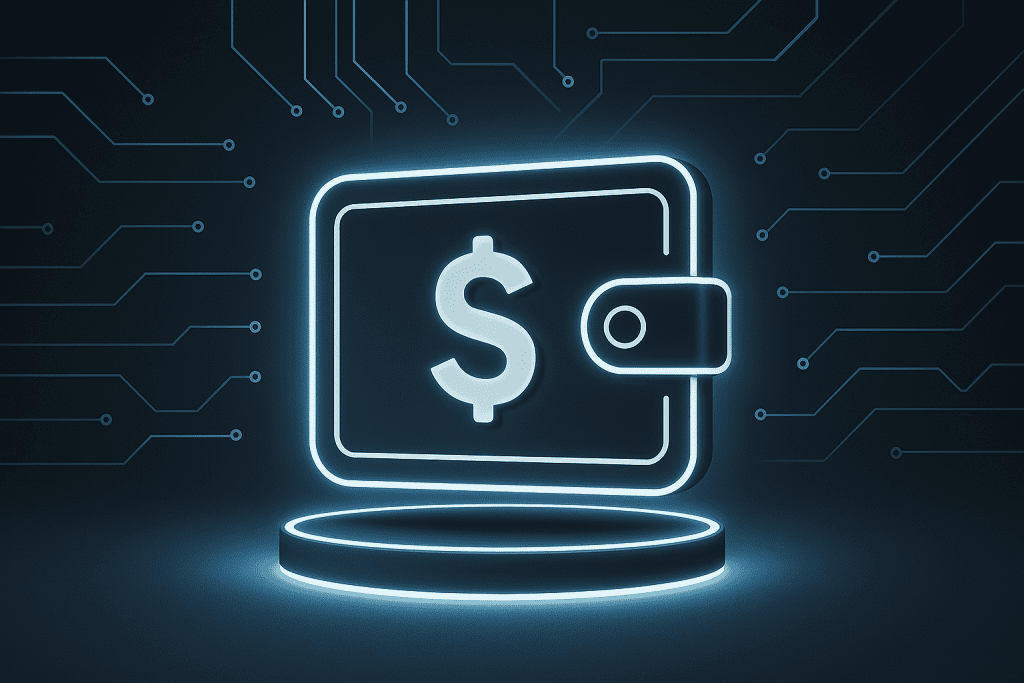
Best Remittance Platforms by Region
Remittance platforms vary significantly across regions due to regulatory requirements, currency options, and user preferences.
For example, M-Pesa processes more than 60% of Kenya’s GDP in mobile payments annually.
Choosing a platform aligned with the recipient’s region ensures faster delivery and lower costs.
Different platforms dominate in specific parts of the world.
Knowing which service works best in your recipient’s region can optimize the remittance experience.
Top Platforms by Region
- Asia: GrabPay, GCash, PayMaya
- Africa: M-Pesa, Chipper Cash, Flutterwave
- Latin America: Bitso, Mercado Pago, Western Union
- Europe & North America: Wise, Revolut, PayPal
Cost Comparison of Remittance Methods in 2025
The World Bank estimates that the global average cost of sending remittances was 4.5% of the transaction amount in 2024.
However, depending on the method used, this can vary significantly.
Below is a breakdown of costs and speeds for common remittance methods.
Understanding the average fees and speeds of different remittance methods can help users make informed decisions.
| Method | Average Fee | Speed | Best For |
|---|---|---|---|
| Crypto | 0.5% | Instant | Tech-savvy users |
| Banks | $10-$30 | 1-3 days | Large amounts |
| Apps | $2-$5 | Same day | Everyday transfers |
| MTOs | $5-$15 | Same day | Rural access |

Expert Tips to Avoid Remittance Scams
Remittance scams have cost users over $1.3 billion globally in 2024, according to the U.S. Federal Trade Commission.
Fraudsters target vulnerable users through phishing emails, fake websites, and identity theft.
Following these security tips will help protect your funds.
Fraudulent schemes continue to target remittance senders.
Following best practices ensures that your money reaches its intended destination safely.
Safety Tips
- Always use regulated platforms
- Verify recipient details carefully
- Avoid deals that seem “too good to be true”
- Enable two-factor authentication
How to Choose the Best Remittance Method
Selecting the best remittance method depends on several factors unique to the sender and recipient.
A careful evaluation can help ensure cost-effectiveness, speed, and security.
Tips for Choosing
- Assess the recipient’s access to technology and banking services
- Compare transfer fees and exchange rates
- Prioritize platforms with strong security measures
- Check for user-friendly interfaces and customer support

Conclusion
Remittances in 2025 are essential for millions of households in developing countries.
They help reduce poverty, bridge income gaps, and support local development.
Thanks to fintech and blockchain technology, sending transfers is now faster, cheaper, and easier, giving migrants more options to send money securely.
Read Next:
FAQ
1. What is the safest way to send remittances?
Banks and regulated digital wallets offer the highest security for remittances, especially for larger amounts.
2. Are cryptocurrencies a good option for remittances?
Cryptocurrencies, particularly stablecoins, can be an excellent option for fast and low-cost remittances, provided both sender and recipient understand how to use them.
3. How long does a remittance transfer usually take?
Transfer times vary but can range from a few seconds (crypto) to several days (traditional banks).
4. Can I send remittances directly to a mobile wallet?
Yes, many digital platforms allow direct transfers to mobile wallets, making it easy for recipients to access funds instantly.
